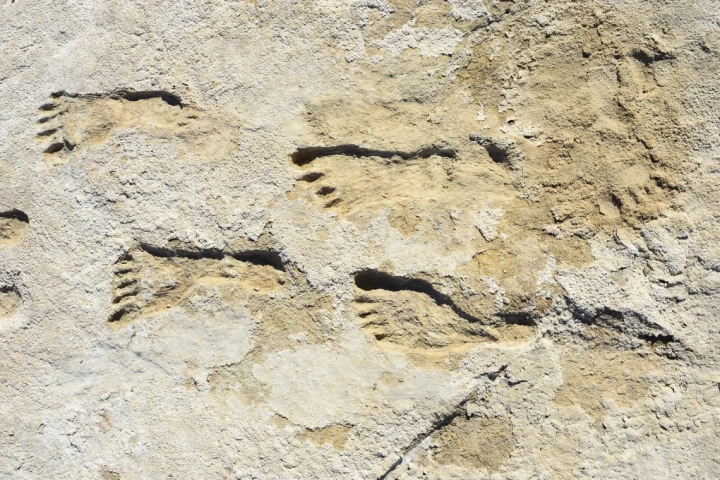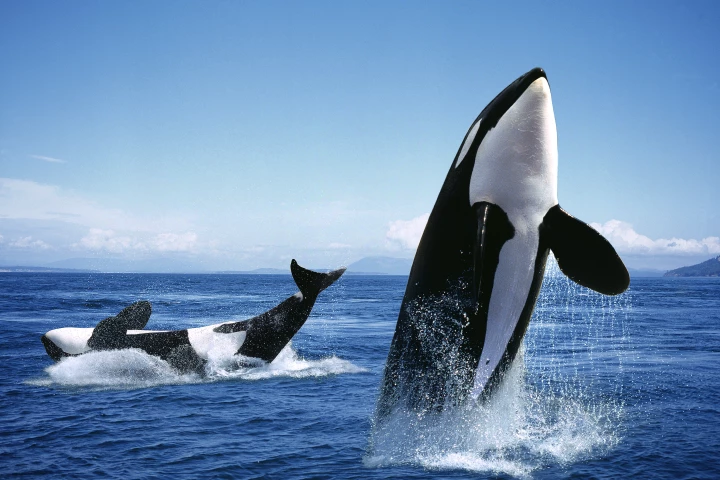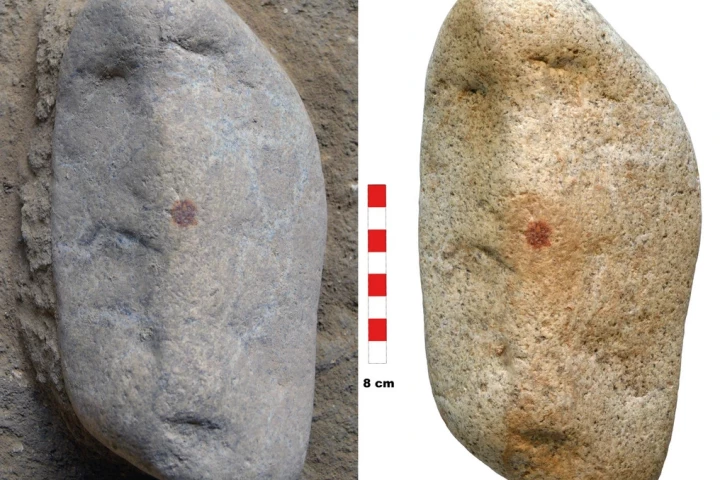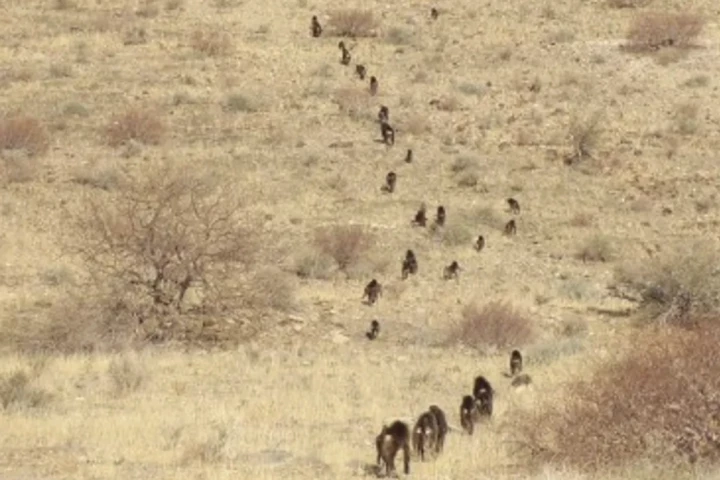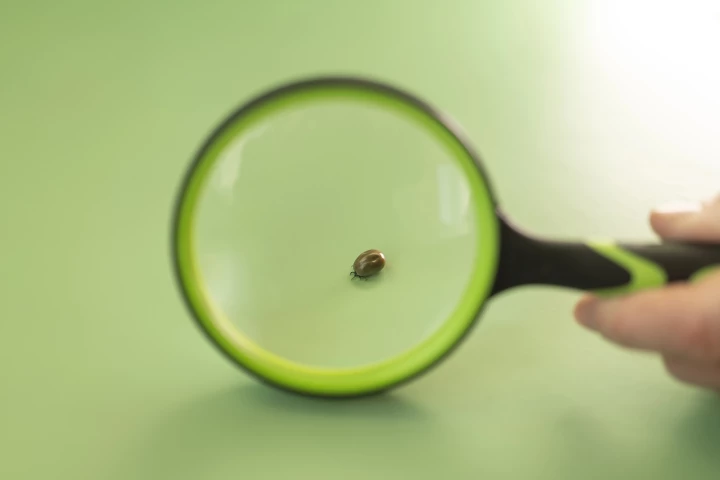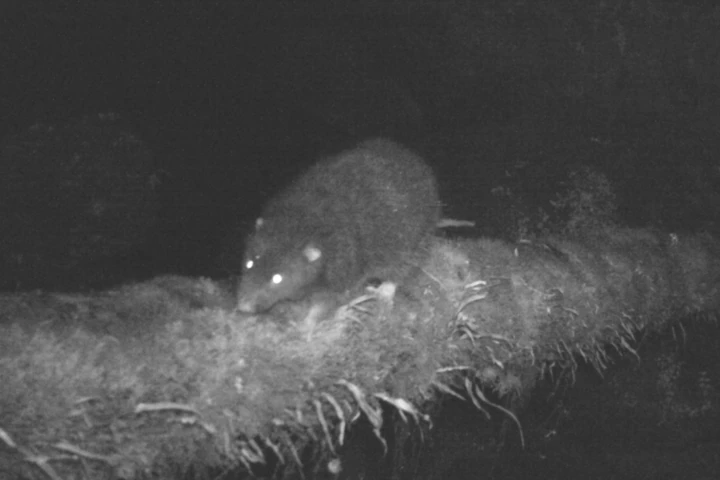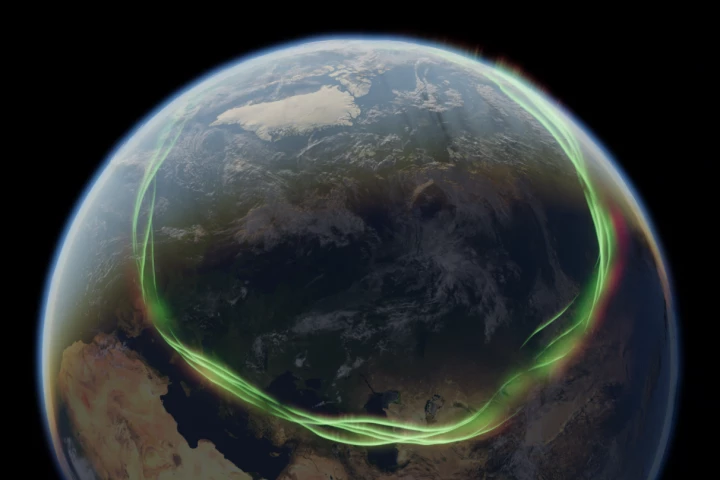Evolution
-
Humans have been getting infected by ancient bacteria and viruses for at least 37,000 years. Now, for the first time, pathogen DNA has uncovered a pivotal disease "turning point" that happened 6,500 years ago, which would forever change our lives.
-
Using new radiocarbon dating on footprints preserved in the gypsum-rich ground in White Sands, researchers have confirmed that humans roamed North America 23,000 years ago. The finding solves a long debate questioning the age of these footprints.
-
The evolutionary ladder is meant to be climbed one rung at a time with an organism shedding some traits and gaining others on the way up. However, in a very surprising twist, some tomatoes on the Galapagos islands are inching back down the ladder.
-
Killer whales have joined the rare club of animal species that craft tools out of nature and use them to their advantage. For the first time, they've been observed making a brush of sorts out of kelp and then using it on each other.
-
The world's oldest human fingerprint has been discovered at an archaeological site in Spain. The fingerprint was dated at 43,000 years old and is believed to have come from a Neanderthal.
-
For the first time, scientists have pieced together the diverse diet of a sauropod species, using advanced technology to assess the fossilized stomach contents that make up the dinosaur's last meal, which took place around 95 million years ago.
-
It's not a simple case of "follow the leader" when it comes to baboons on foot. Researchers have made a surprising discovery on why they appear to move in an orderly line, and it's something that can help us better understand human behavior, too.
-
From fleas to mosquitoes, there's no shortage of organisms we consider pests. But thanks to new genetic detective work, scientists have named and shamed the resilient, highly adaptive – and frustratingly hard to kill – bug that got to us first.
-
An elusive nocturnal beast of a rat that lives high up a mountain has been filmed and caught for the first time, in what is akin to winning the zoology lottery. It's only been seen once in 30 years, and all we know of it stem from old museum specimens.
-
A question from a curious kid quickly led a team of scientists down a research rabbit hole – one that has now culminated in fascinating new knowledge about our water-wrinkled fingertips. And there's more to this discovery than a cool piece of trivia.
-
A new study published in the journal Evolution is challenging the prevailing belief that evolution is a one-way process. The findings suggest some species of fern can evolve backward, reverting to a more primitive form when the environment demands it.
-
If you ever travel back in time around 41,000 years ago, pack some sunscreen. New research suggests that during a cataclysmic polar reversal, our ancestors might have covered themselves in mineral-rich ochre to survive harmful solar radiation.
Load More

